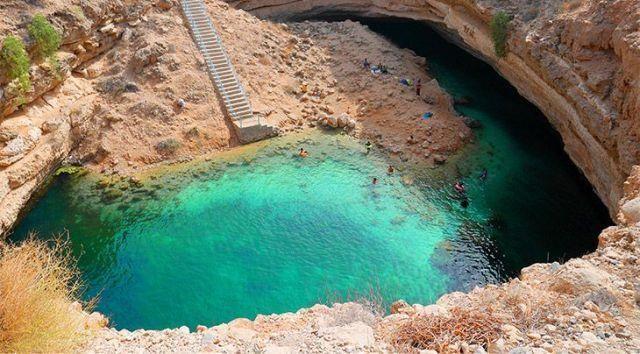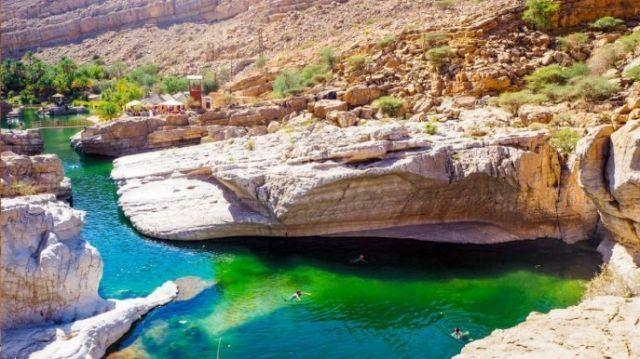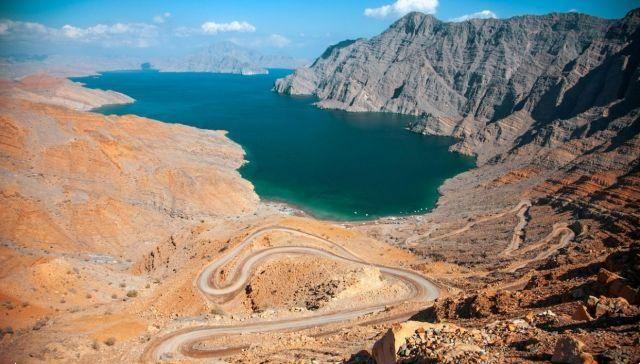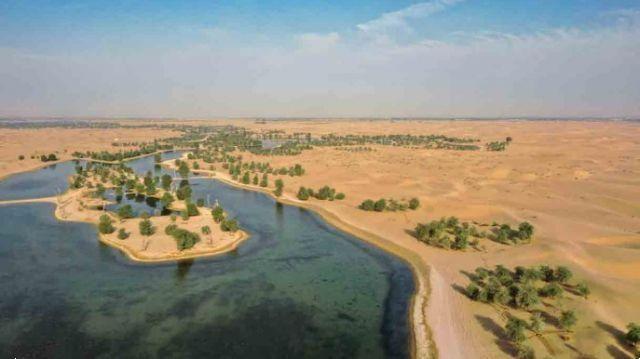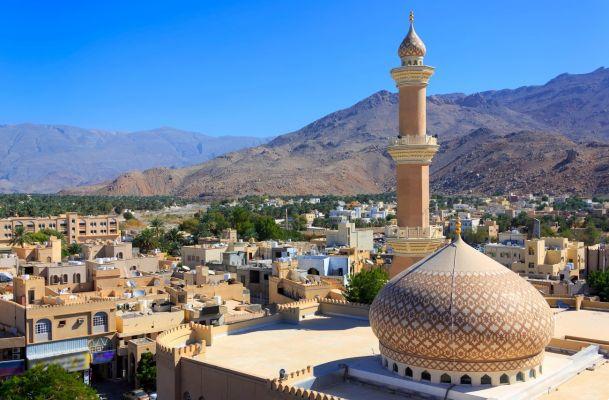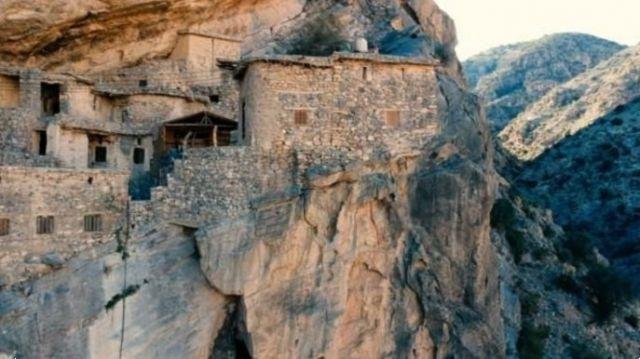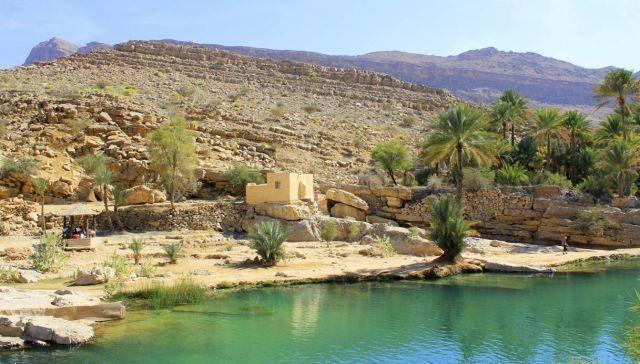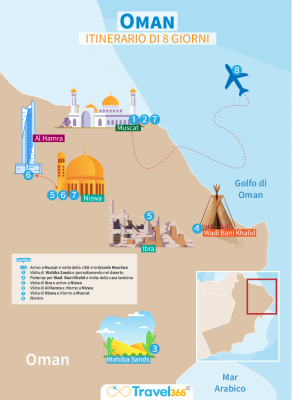 It is the largest sandy desert in the world, and it hid a truly priceless treasure: archaeologists believe they have discovered the "Arabian Stonehenge"
It is the largest sandy desert in the world, and it hid a truly priceless treasure: archaeologists believe they have discovered the "Arabian Stonehenge"
The endless sandy expanses of the desert can hide incredible secrets: recently, a team of archaeologists conducted some countryside in the heart of Rub' al-Khali, considered the largest in the world, which covers much of the southern area of the Arabian Peninsula. Something incredible has emerged in the territory of the Sultanate of Oman, which experts even compare to Stonehenge.
Archaeological discovery in Oman
A group of international archaeologists, led byInstitute of Archeology of the CAS in Prague, has been working over the last few months on two different sites surrounded by the Rub' al-Khali desert, making some really interesting discoveries. The first area involved in the excavations is located in the province of Duqm, where circular funerary chambers emerged. In particular, the researchers' attention was focused on one Neolithic tomb dating back to a period between 5.000 and 4.600 BC, within which they found the skeletons of dozens of people.
These human remains will be subjected to isotopic analysis, in order to discover something more about the living and eating habits of the local populations. A short distance from the tomb, archaeologists have identified a large collection of rock carvings distributed in a total of 49 stone blocks. It is an interesting pictorial documentation of the settlements as they currently are one of the most desert areas in the world, but that between 5.000 BC. and 1.000 AD. it must have been very different indeed.
The “Arab Stonehenge”, what is it?
But it is at the second archaeological site that the most precious finds were found. The researchers worked in the stretch of desert within the Dhofar province, in the southern area of the country, identifying what appears to be a megalithic monument dating back to around 2.000 years ago. The large rocks arranged in groups of three to form pyramids resemble the famous English ritual monument of Stonehenge, so much so that archaeologists have given this place the evocative nickname of “Stonehenge car”.
It is unknown who built these trillites, nor why they did it, but without a doubt they represent one of the most important discoveries of recent years. Other treasures were found near them, including ancient stone axes that date back to the first human migration from Africa, the cradle where our species originated. These tools date back to a period between 300 thousand and 1,3 million years ago: Arabia, due to its position, was located along the natural human migratory route from the Black Continent to Eurasia.
Furthermore, archaeologists have unearthed some eggshells of extinct ostriches, a fossil dune and the bed of an ancient river: once upon a time, the climate of Oman was decidedly much more humid than today. Thanks to the use of different dating methods, including radiocarbon dating, experts have managed to discover a lot of useful information. “These techniques will provide us with valuable data to reconstruct the climate and history of the world's largest sand desert. Natural conditions also shaped prehistoric settlements and what we are trying to do is study human adaptability to climate change” – said Roman Garba, of the Institute of Archeology of the CAS in Prague.
Source: iStock




